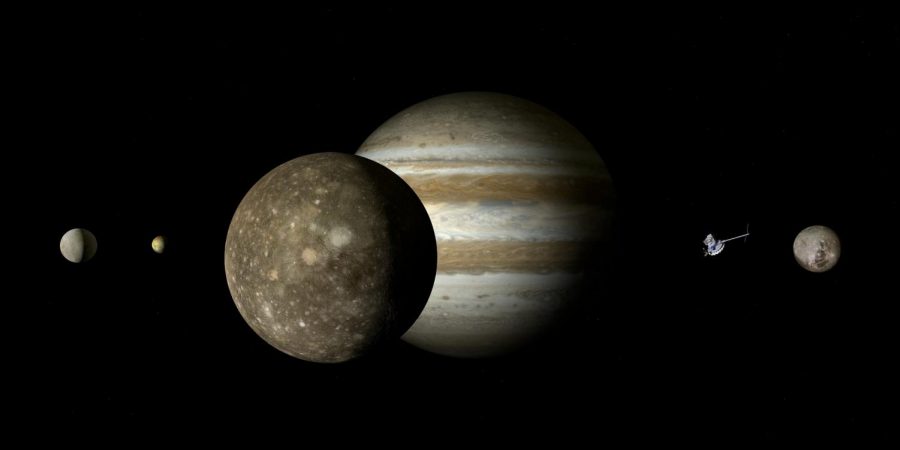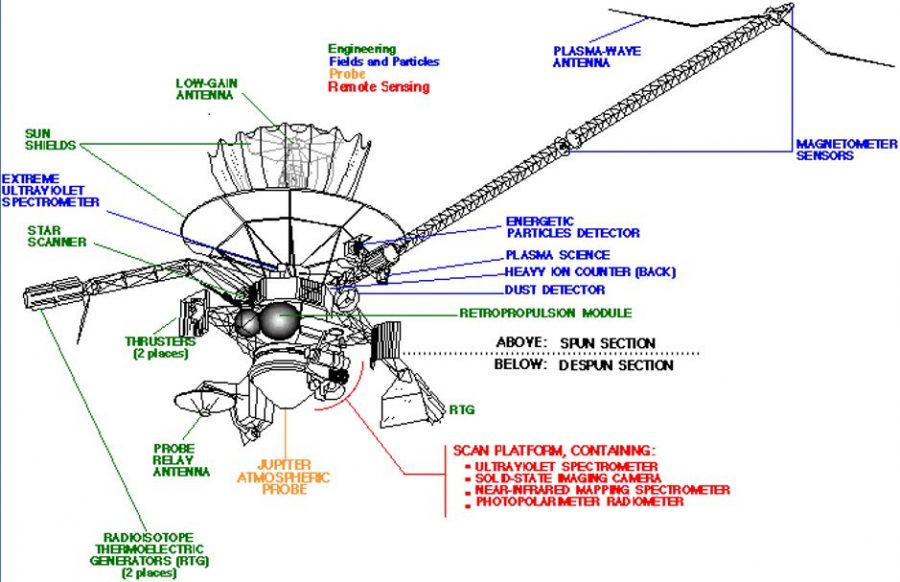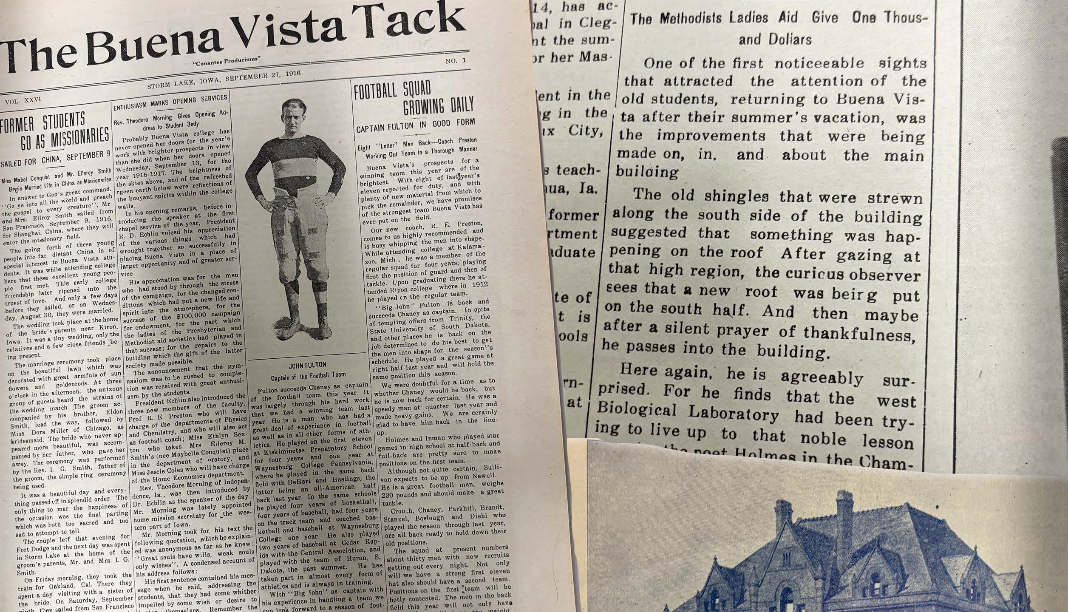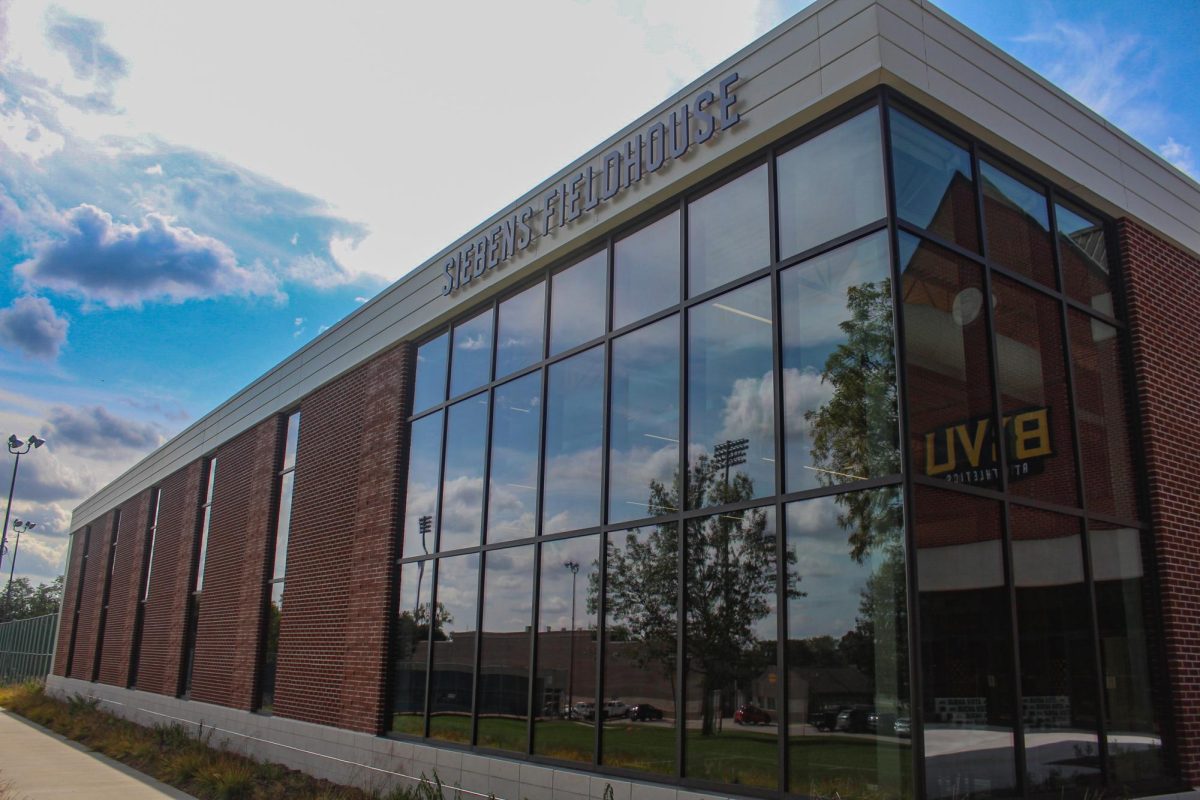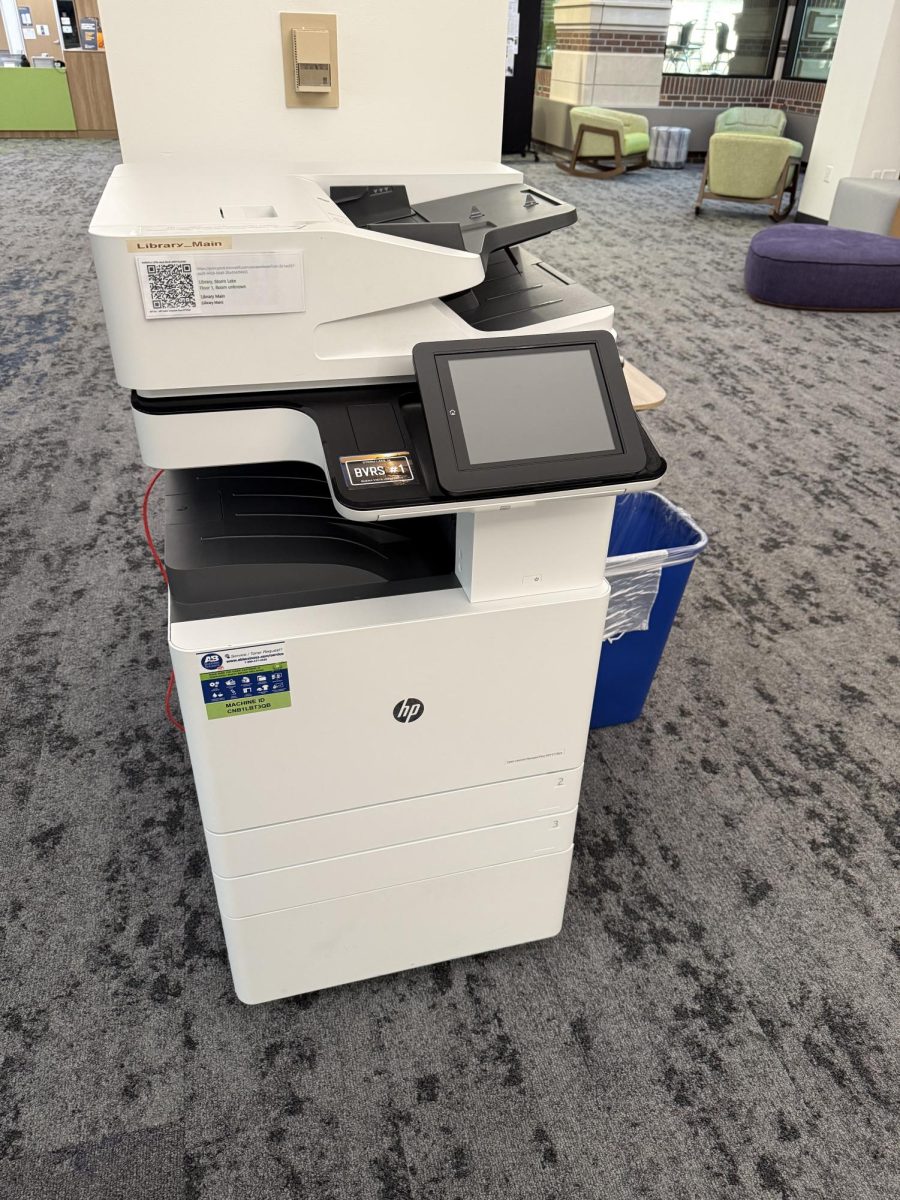Dr. Shawn Stone works with NASA on Galileo data
February 27, 2018
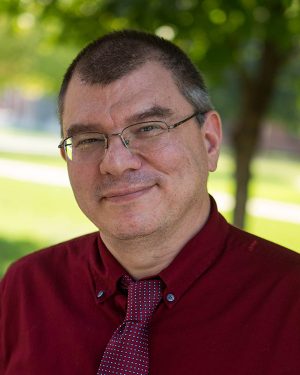 Many of us have been asking the same question when it comes to our galaxy; is there other life out there? We might finally have an answer when JUICE is launched in 2022.
Many of us have been asking the same question when it comes to our galaxy; is there other life out there? We might finally have an answer when JUICE is launched in 2022.
JUpiter ICy moons Explorer. One of our own, Dr. Shawn Stone, professor of physics and general science, is working on data that will assist in the discovery of life beyond. Here’s how.
The Galileo Mission launched on October 18th, 1989 to study the fifth planet from the sun, Jupiter, and its surrounding moons; Io, Europa, Ganymede, and Calisto. The mission was complete on September 21, 2003. As the Galileo spacecraft orbited these Jovian moons, it took measurements of the magnetic field and surrounding particles. Dr. Shawn Stone was selected for a grant out of NASA’s Goddard Space Flight Center to develop software that will calculate information collected from the Galileo Mission.
“There’s a particle instrument on [the Galileo Orbiter] called the EPD that I worked with as a graduate student,” said Stone.
EPD stands for Energetic Particle Detector and is one of the many instruments found on the Galileo Orbiter. The spacecraft itself is spinning and the EPD is on a motor that turns, meaning it’s not always facing one direction.
“For my graduate work, it was important for me to know where [the EPD] was actually pointing. So, I developed a way to calculate that. Now, all the scientists want to go back to look at all the data we took with those look directions,” explained Stone. “I was put on this grant to do that for the entire Galileo mission.”
Essentially, NASA wants to figure out what exactly the EPD was looking at when it collected specific data and particles while orbiting Jupiter’s moons.
The project doesn’t officially start until April, but Dr. Stone was so eager to get started that he’s already finished it. He hopes NASA will see that initiative and ask him to do more in the future but says there is no guarantee of that.
“I am looking for students, since we’ve done this, to do research with me of our own, and so there’s lots of things we could do now that we have all of this information; data that has never been looked at,” said Stone.
Any students interested in math, science, or computer science should contact Dr. Stone if they are interested in this research project.
“They would be creating simulations of spacecraft moving through the Jovian magnetosphere. They will be creating magnetic field models for Ganymede, ultimately,” explained Stone.
Dr. Stone has been teaching physics for 20 years and sees this as an opportunity to share the importance of why we study these subjects.
“It’s nice to then apply the things that you teach students,” shared Stone. “This is why calculous is important. This is why conservation of energy is important. It’s just doing real science.”
There is so much more beyond the calculations, data, and developing software that goes into something like the Galileo and JUICE missions.
“My contribution is small compared to all the other contributions, but even so a small part of that is going to lead to discoveries later,” said Stone.
And any mention of life beyond?
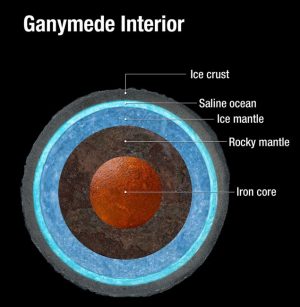 “These two moons [Europa and Ganymede] are so interesting that we’re going back. They want these look directions to help them plan the next phase,” said Stone. “When we go back, we’re going to actually capture orbit around these moons. Using that data, they’re going to plan their missions.”
“These two moons [Europa and Ganymede] are so interesting that we’re going back. They want these look directions to help them plan the next phase,” said Stone. “When we go back, we’re going to actually capture orbit around these moons. Using that data, they’re going to plan their missions.”
Dr. Stone explained that there is a good chance of life on Europa. There’s more warm, liquid water on Europa than there is on Earth. By far.
So what does the future of space exploration look like for us? Dr. Stone says we will know of life on either Mars, Europa, or one of Saturn’s moons, Enceladus.
“If we’re going to find it anywhere in the universe, this is where we’re going to find it. So, I’m excited about that,” exclaimed Stone. “Definitely by 2030 we will have landed a human being on Mars, that’s my feeling. I think my grandchildren might have an opportunity to work in an industry in orbit around the Earth. I think we’ll definitely have a base on the moon in the next hundred years, and a base on Mars. I think we’re moving out. I think we’re finally at a point where it’s profitable and it makes a lot of sense.”



